Everything You Need To Know About Trekking in Annapurna
Annapurna Trekking Essentials: Tips, Trails, and More
.jpg)
Annapurna Trekking Essentials: Tips, Trails, and More
Beneath the towering amphitheatre of snow-capped peaks at 4,130 meters, where glacial winds carry the whispers of ancient mountains, the Annapurna trek represents more than just high-altitude adventure; it's where Nepal's most accessible Himalayan sanctuary meets world-class expedition expertise. For three generations, our family has witnessed countless adventurers transform through these sacred valleys, from the bustling teahouses of Ghorepani to the pristine silence of Annapurna Base Camp.
The Annapurna trail system offers Nepal's most diverse trekking experiences, encompassing everything from moderate family adventures to challenging high-altitude crossings that test even seasoned mountaineers. Whether you're considering the classic Annapurna Circuit Trek or the Annapurna Trek in Nepal Base Camp, understanding these routes becomes crucial for planning your perfect Himalayan journey.
With our decades of expertise across 551 Himalayan regions, what makes Juniper your ideal partner isn't just our intimate knowledge of every trail, but our ability to help you transform challenging mountain adventures into seamless, comfortable experiences through our signature "Fire & Ice" approach exhilarating mountain adventures by day, luxury comfort by night, we've developed the definitive guide to Annapurna's seasonal rhythms, route variations, and preparation requirements.
Note: Recent regulatory changes have significantly altered permit requirements and trekking regulations, making current expert guidance essential for legal compliance and optimal experiences.
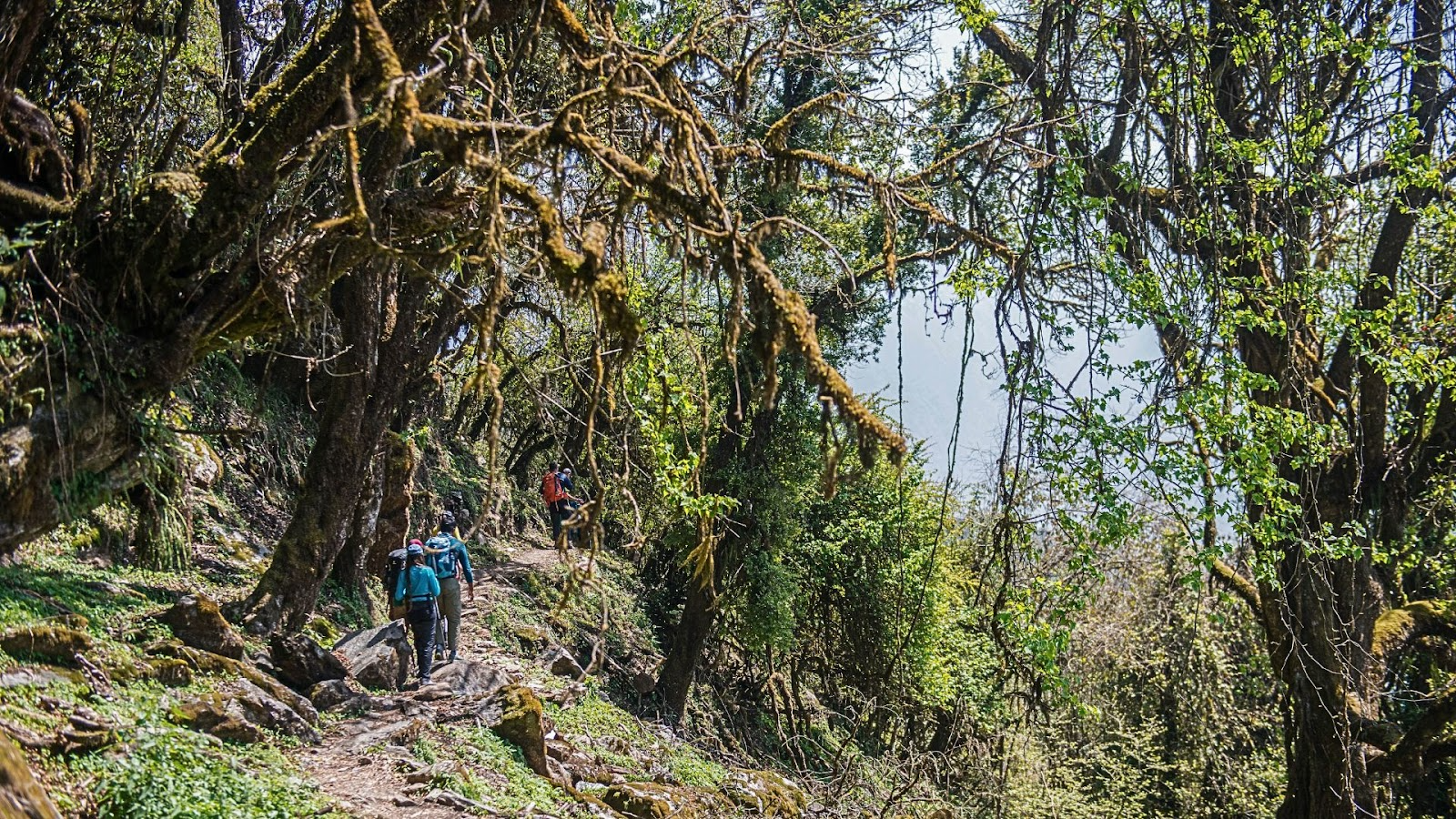
The Annapurna region offers two distinct trekking personalities that cater to different adventure preferences and experience levels. Our expedition planners will assess your goals and recommend whether the Annapurna Base Camp trek delivers an intimate sanctuary experience or the Annapurna Circuit Trek's comprehensive circumnavigation better suits your adventure vision.
Route distinctions between these iconic treks create entirely different adventure experiences. The Base Camp route follows the Modi Khola valley through rhododendron forests and traditional Gurung villages before ascending to the spectacular mountain sanctuary at 4,130 meters. The Circuit route, by contrast, circumnavigates the entire Annapurna range over 160-210 kilometres, crossing the challenging Thorong La Pass at 5,416 meters.
Cultural immersion varies dramatically between routes, with the Base Camp trek focusing on Gurung and Magar communities in the sanctuary region, while the Circuit exposes trekkers to diverse ethnic groups, including Manangis, Thakalis, and communities with strong Tibetan Buddhist influences. We handle all permit requirements, as both routes now require only the Annapurna Conservation Area Permit (ACAP) since regulatory changes discontinued the previously required TIMS card system in 2023.
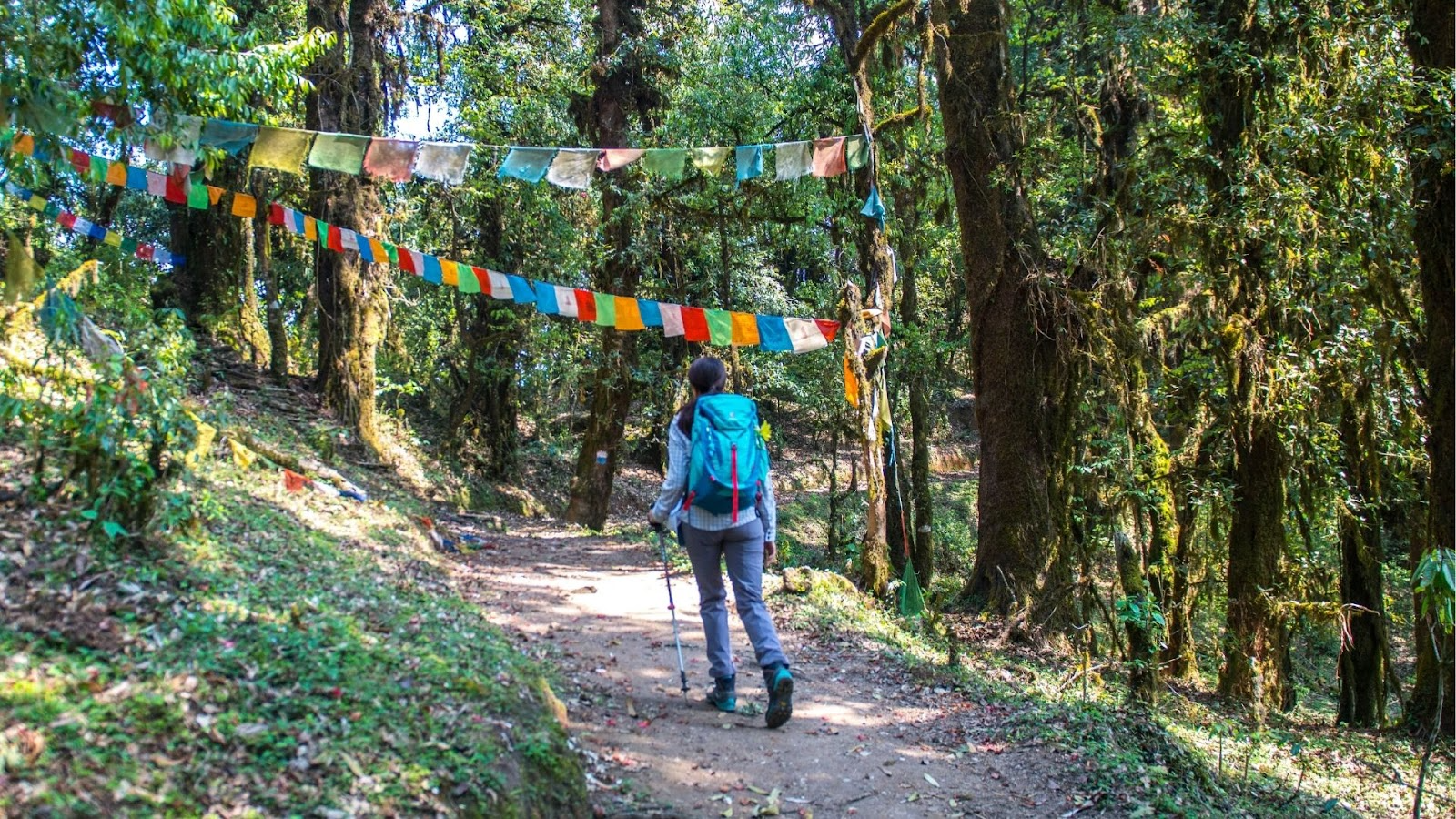
With Juniper as your expedition partner, the Annapurna Circuit Trek becomes more than the world's most celebrated mountain adventure; it becomes a well-supported premium experience. Our operations team helps coordinate every aspect of the traditional 15-20 day journey, from quality accommodation bookings to daily route optimisation based on current conditions.
Expert Route Planning: Our team helps you navigate the complex 160-210 kilometre circumnavigation, assisting with elevation profiles and daily logistics.
Thorong La Crossing: Our high-altitude specialists help you manage the technical 5,416-meter crossing with safety protocols developed over decades.
Accommodation Support: We help secure quality lodging along the route through established relationships.
Key landmarks along the Circuit include the sacred pilgrimage site of Muktinath, the pristine Tilicho Lake (optional detour to 4,919 meters), and the world's deepest gorge at Kali Gandaki. Villages are strategically spaced every 3-5 kilometres, providing excellent teahouse accommodation and cultural interaction opportunities.
Modern route considerations include new road construction that has altered traditional starting points, with many trekkers now beginning from Dharapani rather than the original Besisahar trailhead. This development requires updated planning and can affect the classic wilderness experience, making expert guidance valuable for route optimisation.
Similar to our approach on challenging routes like the Everest Base Camp expedition, proper acclimatization becomes crucial for Annapurna Circuit trek success, particularly before attempting the Thorong La Pass crossing.

The Annapurna Base Camp trek offers one of Nepal's most spectacular mountain experiences, leading adventurers into a natural sanctuary surrounded by towering peaks including Annapurna I (8,091m), Machapuchare (6,993m), and Hiuchuli (6,441m). This more intimate trek covers approximately 110 kilometres over 7-12 days, making it accessible to a broader range of fitness levels.
Our guided progression through the Base Camp route begins in lush rhododendron forests and terraced farmlands before gradually ascending through bamboo groves, alpine meadows, and finally reaching the stark beauty of the high-altitude sanctuary. We plan your ascent to a maximum elevation of 4,130 meters, making it significantly more accessible than the Circuit's 5,416-meter Thorong La crossing, though this 1,286-meter difference represents just one aspect of the overall difficulty variation between routes.
Cultural encounters on the Base Camp route focus primarily on Gurung communities, known for their mountaineering heritage and warm hospitality. Villages like Ghandruk and Chomrong offer authentic cultural experiences while providing excellent acclimatization stops.
Seasonal advantages of the Base Camp trek include year-round accessibility with excellent spring rhododendron displays and stable autumn weather patterns. The route's lower maximum altitude makes it viable even during winter months when higher-altitude routes become dangerous.
The sanctuary setting creates an intimate mountain experience comparable to our premium Kashmir Great Lakes trek, where pristine alpine environments provide transformative wilderness encounters.
Juniper handles all essential permits for Annapurna trek variations, including the Annapurna Conservation Area Permit (ACAP) costing NPR 3,000 for foreign nationals. We manage the simplified permit process since the previously required Trekkers' Information Management System (TIMS) card was officially discontinued in 2023.
ACAP acquisition can be completed in Kathmandu through the Nepal Tourism Board (NTB) office in Bhrikutimandap or in Pokhara at the Department of National Parks and Wildlife Conservation office. Licensed trekking agencies can also process permits on behalf of clients.
We coordinate all required documentation, including passport verification (minimum six months' validity), Nepal visa assistance, photograph requirements, and completed application forms. Our team ensures emergency contact information and travel insurance details are properly documented.
Critical regulatory change: Since April 1, 2023, all trekkers in Nepal's national parks and protected areas must be accompanied by licensed local guides, eliminating independent trekking options. This requirement ensures enhanced safety while supporting local communities, though it significantly affects traditional independent trekking approaches.
Our guide services meet all regulatory requirements through registered operations and directly licensed guides holding valid permits from the Nepal Tourism Board. This regulation applies throughout our Annapurna Conservation Area operations, ensuring complete legal compliance for all participants.
Annapurna Circuit trek cost varies significantly based on duration, service level, group size, and seasonal timing, typically ranging from $800 to $2,500 per person for complete packages including mandatory guide services. The 2023 guide requirement has adjusted traditional budget calculations, as independent cost control is no longer possible.
Updated package inclusions for comprehensive Annapurna trek experiences now encompass ACAP permits, mandatory guide services, accommodation, meals, porter services (optional), transportation, and emergency support. Premium packages include additional services like helicopter evacuation insurance, gear rentals, and cultural activities.
Revised budget breakdown for Circuit trek packages includes:
Seasonal pricing variations show significant cost differences, with peak autumn season (October-November) commanding premium rates 30-50% higher than off-season periods. Winter and monsoon seasons offer competitive pricing but with limited high-altitude access.
Group size considerations dramatically affect per-person costs, with solo travellers paying premium rates while groups of 6-10 people achieving optimal value through shared guide expenses. Our pricing structures reflect these economies of scale while maintaining service quality standards.
Note: Costs have increased since 2023 due to mandatory guide requirements, but this ensures enhanced safety and supports local communities
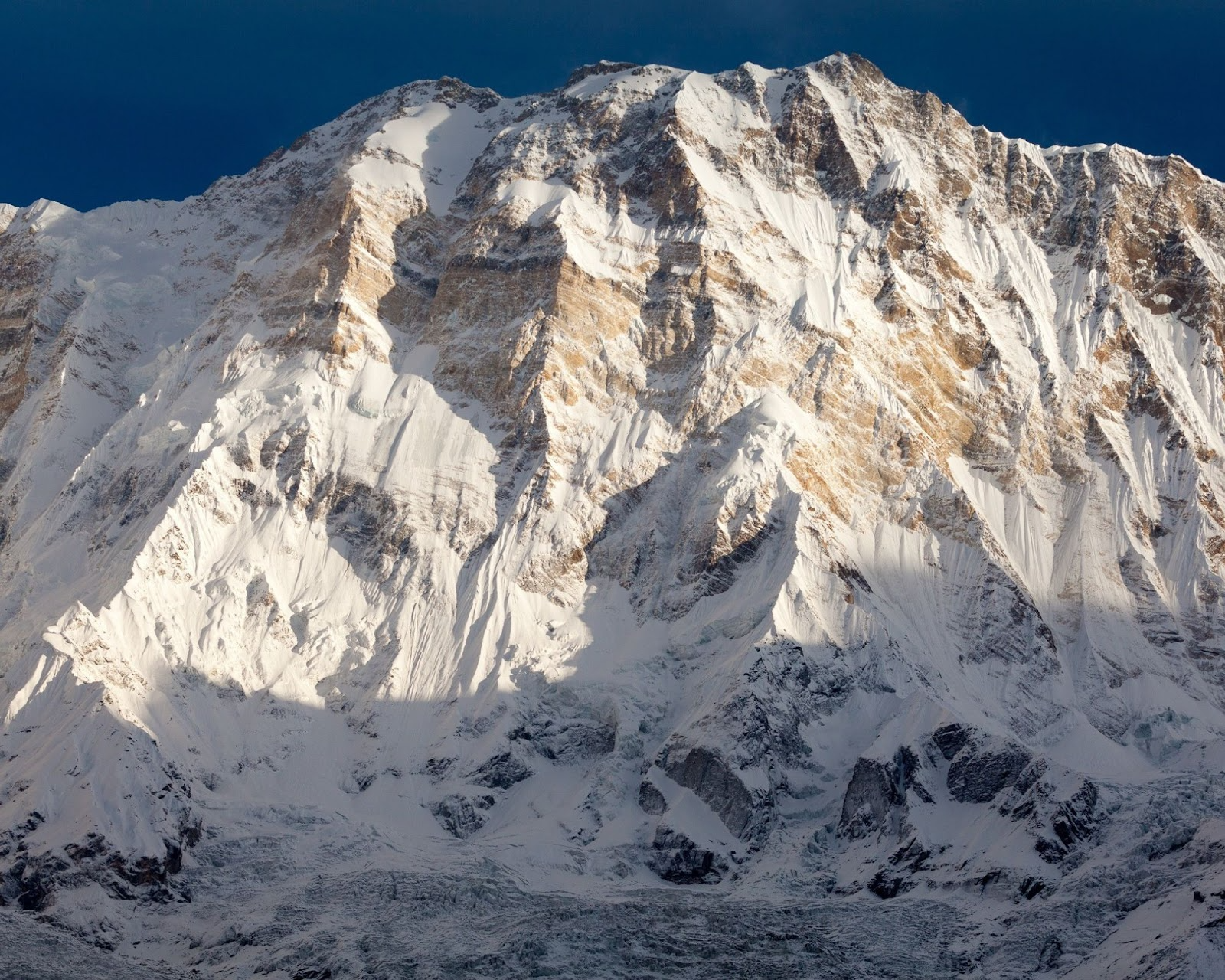
Annapurna trek difficulty varies significantly between routes, with the Annapurna Base Camp trek rated as moderate while the Annapurna Circuit Trek presents moderate-to-challenging conditions. The Circuit's higher altitude, longer duration, and technical pass crossing create more demanding conditions, though multiple factors beyond maximum elevation determine overall difficulty.
Physical preparation for the Annapurna trek requires a minimum of 8-12 weeks of dedicated training, depending on current fitness levels and chosen route. Training should emphasise cardiovascular endurance, leg strength, core stability, and mental resilience.
Training protocols should include:
Mental preparation proves equally important, requiring realistic expectation setting, goal segmentation, mindfulness practices, and resilience building for challenging mountain conditions. The psychological demands of long trekking days, basic facilities, and altitude effects require specific mental training.
Circuit-specific challenges include the technical Thorong La Pass crossing at 5,416 meters, extended trekking days covering 10-20 kilometres, and altitude-related difficulties. Weather conditions can change rapidly, creating navigation and safety challenges.
Building on our experience with Himalayan trek preparation, we provide comprehensive conditioning that addresses both physical and mental aspects of high-altitude trekking.

Best seasons for Annapurna trekking align with Nepal's optimal trekking periods, spring (March-May) and autumn (September-November), offering stable weather, clear mountain views, and comfortable temperatures. Each season provides distinct advantages and challenges affecting route selection and experience quality.
Spring season advantages (March-May) include spectacular rhododendron blooms, warming temperatures, and moderate trekking conditions. March temperatures range from -8°C to 10°C at higher elevations, while April offers warmer conditions with temperatures reaching 20°C in lower areas. This season suits photographers and nature enthusiasts seeking vibrant landscapes.
Autumn excellence (September-November) provides the most stable conditions with crystal-clear mountain visibility and comfortable temperatures. September sees the monsoon gradually subsiding, October offers peak conditions with minimal rainfall, and November maintains stable weather with cooler temperatures. Autumn remains the most popular and crowded season.
Winter limitations (December-February) create challenging conditions with blocked trails, closed facilities, and dangerous avalanche risks at higher altitudes. While lower-altitude sections remain accessible, the Thorong La Pass and Annapurna Base Camp become extremely hazardous.
Monsoon alternatives (June-September) limit high-altitude access due to landslides, poor visibility, and trail damage, though lower elevations offer lush landscapes and cultural experiences. This season suits budget travellers and cultural enthusiasts, avoiding peak-season crowds.
Temperature variations across altitudes create significant planning considerations, with temperatures dropping approximately 6°C for every 1,000m elevation gain. Understanding these patterns helps optimize gear selection and acclimatisation schedules.
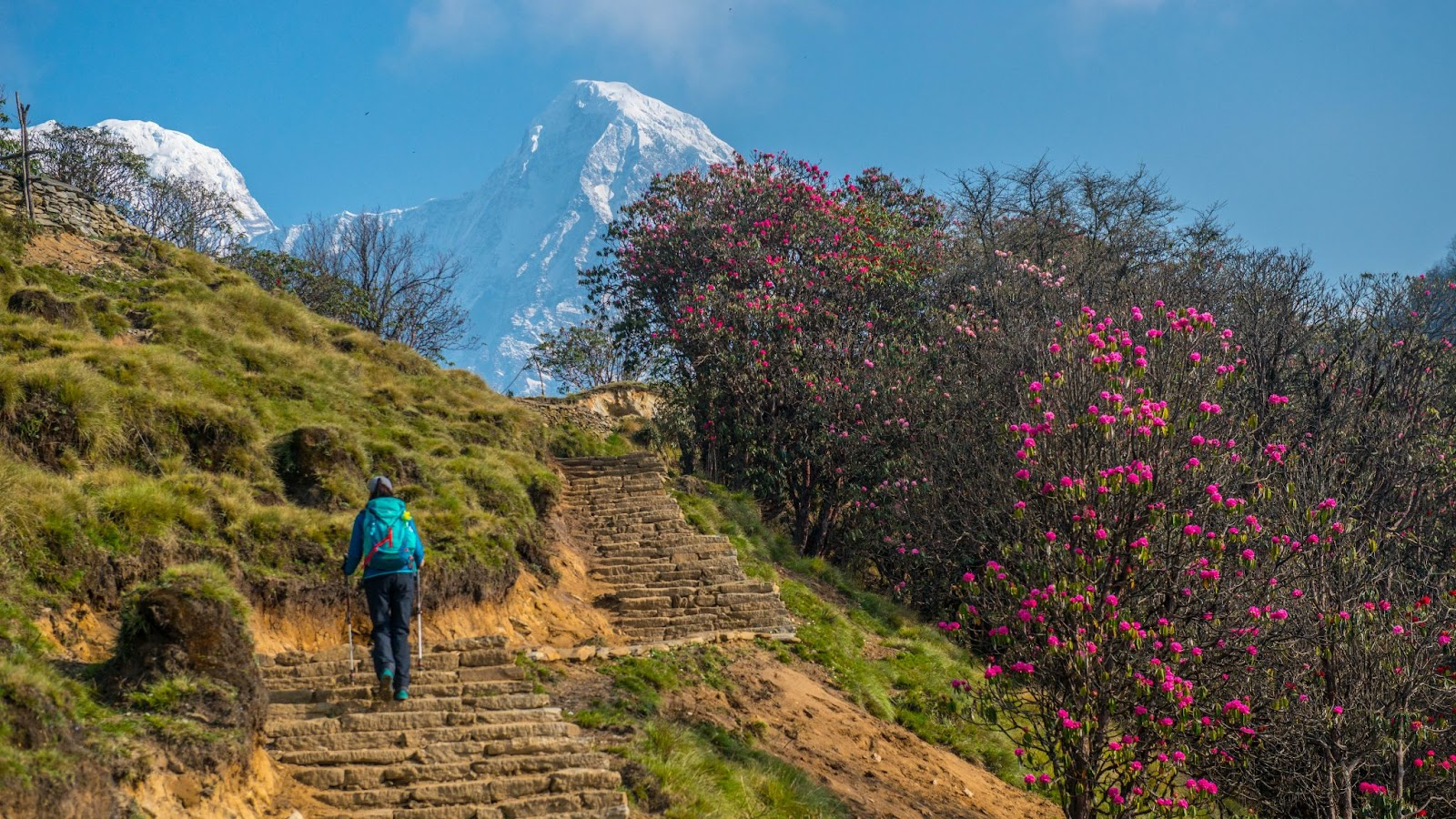
Classic Annapurna Circuit variations include the traditional 15-20 day circumnavigation, shortened 10-12 day versions ending in Jomsom, and extended routes incorporating Tilicho Lake at 4,919 meters. Each variation offers different difficulty levels and cultural exposure opportunities.
Our Annapurna Base Camp extensions can combine with Poon Hill viewpoints, Mardi Himal base camp, or Khopra Ridge for comprehensive sanctuary exploration. These combinations create 10-15-day adventures showcasing diverse perspectives of the Annapurna massif.
Transportation shortcuts now available include jeep access to Dharapani, helicopter flights to Jomsom, and road connections from various points, allowing flexible itinerary adjustments. However, these options may compromise the traditional wilderness experience.
Challenging extensions for experienced trekkers include restricted area additions like Upper Mustang, Nar Phu Valley, or technical routes requiring special permits and additional costs. These extensions demand higher fitness levels and specialised equipment.
Similar to our diverse trekking portfolio, the Annapurna route variations accommodate different experience levels and adventure preferences.
Ethnic diversity throughout the Annapurna regions provides rich cultural learning opportunities, with distinct communities maintaining traditional practices despite increasing tourism influence. Our Annapurna Circuit expeditions offer the most comprehensive cultural exposure, traversing territories of Gurungs, Manangis, Thakalis, and Tibetan-influenced communities.
Traditional practices remain vibrant in many villages, including ancient trade routes, traditional architecture, Buddhist monasteries, and agricultural techniques adapted to mountain environments. Muktinath temple serves as a significant pilgrimage destination for both Hindu and Buddhist devotees.
Community tourism initiatives throughout the Annapurna region support local employment through teahouse operations, mandatory guide services, porter work, and handicraft sales. The 2023 guide requirement significantly enhances local employment opportunities while ensuring cultural sensitivity.
Our responsible travel practices become crucial given the region's popularity and environmental sensitivity. We ensure support for local businesses, respect for cultural protocols, and help preserve Annapurna's cultural and environmental integrity through our operations.
The cultural richness we facilitate in Annapurna communities mirrors experiences available through our community-focused adventures across the greater Himalayan region.
Altitude management becomes critical for Annapurna Circuit Trek success, particularly when crossing Thorong La Pass at 5,416 meters. Proper acclimatisation schedules, gradual ascent rates, and recognition of altitude sickness symptoms prevent serious complications.
Emergency evacuation options include helicopter services from most major villages during favourable weather conditions, though high-altitude rescues face significant limitations. Comprehensive travel insurance covering helicopter evacuation becomes essential for all Annapurna adventures.
Communication systems along popular routes include satellite phone access, internet connectivity in major villages, and emergency radio networks maintained by rescue organisations. However, remote sections may lack reliable communication options.
Weather preparedness requires understanding rapidly changing mountain conditions, carrying appropriate emergency gear, and maintaining flexible itineraries for weather delays. Seasonal weather patterns significantly affect safety margins and route accessibility.
Enhanced safety through guides: The mandatory guide requirement since 2023 has significantly improved safety through local expertise, emergency response capabilities, weather interpretation, and cultural mediation. Our professional guides provide navigation assistance and emergency coordination that independent trekkers previously lacked.
Building on our comprehensive approach to expedition-style preparation, safety protocols must address both technical and medical emergency scenarios.
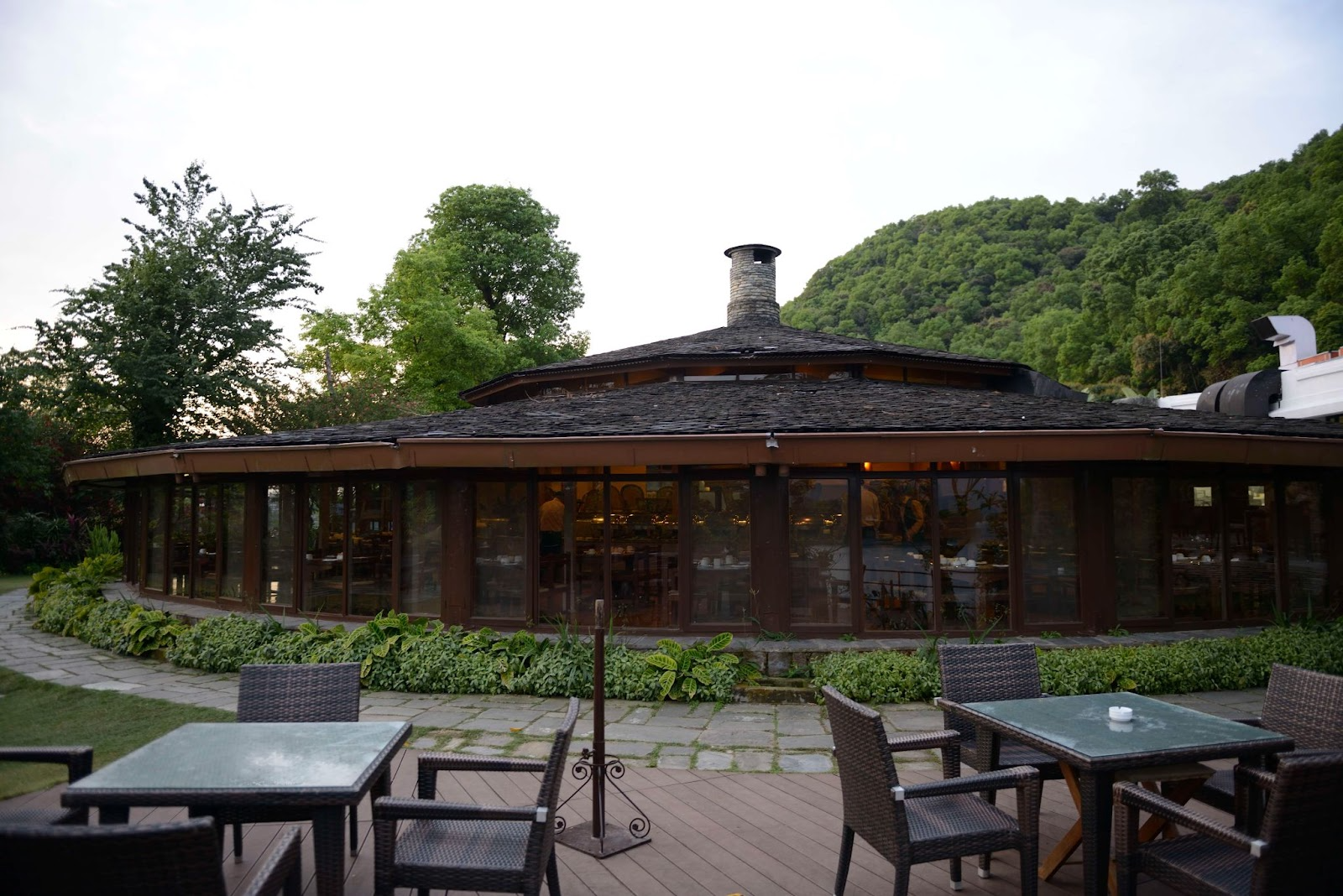
Teahouse accommodation provides the foundation for Annapurna trek logistics, with comfortable lodges spaced at regular intervals throughout both Circuit and Base Camp routes. These family-run establishments offer beds, meals, and social interaction opportunities while supporting local economies.
Facility standards vary by altitude and remoteness, with lower elevations offering more amenities, including hot showers, wifi connectivity, and diverse meal options. Higher-altitude lodges provide basic but adequate accommodation with shared facilities and limited menu selections.
Booking strategies during peak seasons require planning or flexible itineraries, as popular lodges fill quickly during October-November. Our organized approach ensures accommodation security while maintaining service quality standards.
Meal planning along the Annapurna routes includes traditional dal bhat (rice and lentils), international options, and high-energy foods suitable for trekking demands. Higher altitudes offer limited fresh food options, making teahouse meal planning crucial.
Equipment availability in major villages includes basic gear rentals, emergency supplies, and communication services, though specialized equipment should be carried from Kathmandu or Pokhara.
The comfort and service standards maintained in Annapurna teahouses align with our Fire Ice philosophy, similar to experiences offered through our Nepal adventures.
Juniper's essential gear coordination for Annapurna trekking varies by season and route, with Circuit treks requiring more comprehensive equipment due to higher altitudes and longer duration. Proper equipment selection significantly affects comfort, safety, and success rates.
We suggest clothing that addresses dramatic temperature variations from subtropical valleys to high-altitude conditions, requiring layered approaches with base layers, insulation, and weather protection. Annapurna Circuit Trek conditions demand winter-rated gear for the Thorong La Pass crossing.
Footwear requirements include sturdy trekking boots with ankle support for uneven terrain, plus comfortable lodge footwear and possible microspikes for icy conditions. Boot selection becomes crucial for multi-day comfort and injury prevention.
Juniper suggests technical equipment needs include headlamps, water purification systems, first aid supplies, navigation tools, and emergency communication devices. Higher-altitude routes may require additional safety equipment, which we help coordinate based on current conditions.
Rental availability in Kathmandu and Pokhara provides options for expensive items like sleeping bags and down jackets, though quality and sizing can vary. Our gear recommendations ensure optimal equipment selection based on specific route requirements.
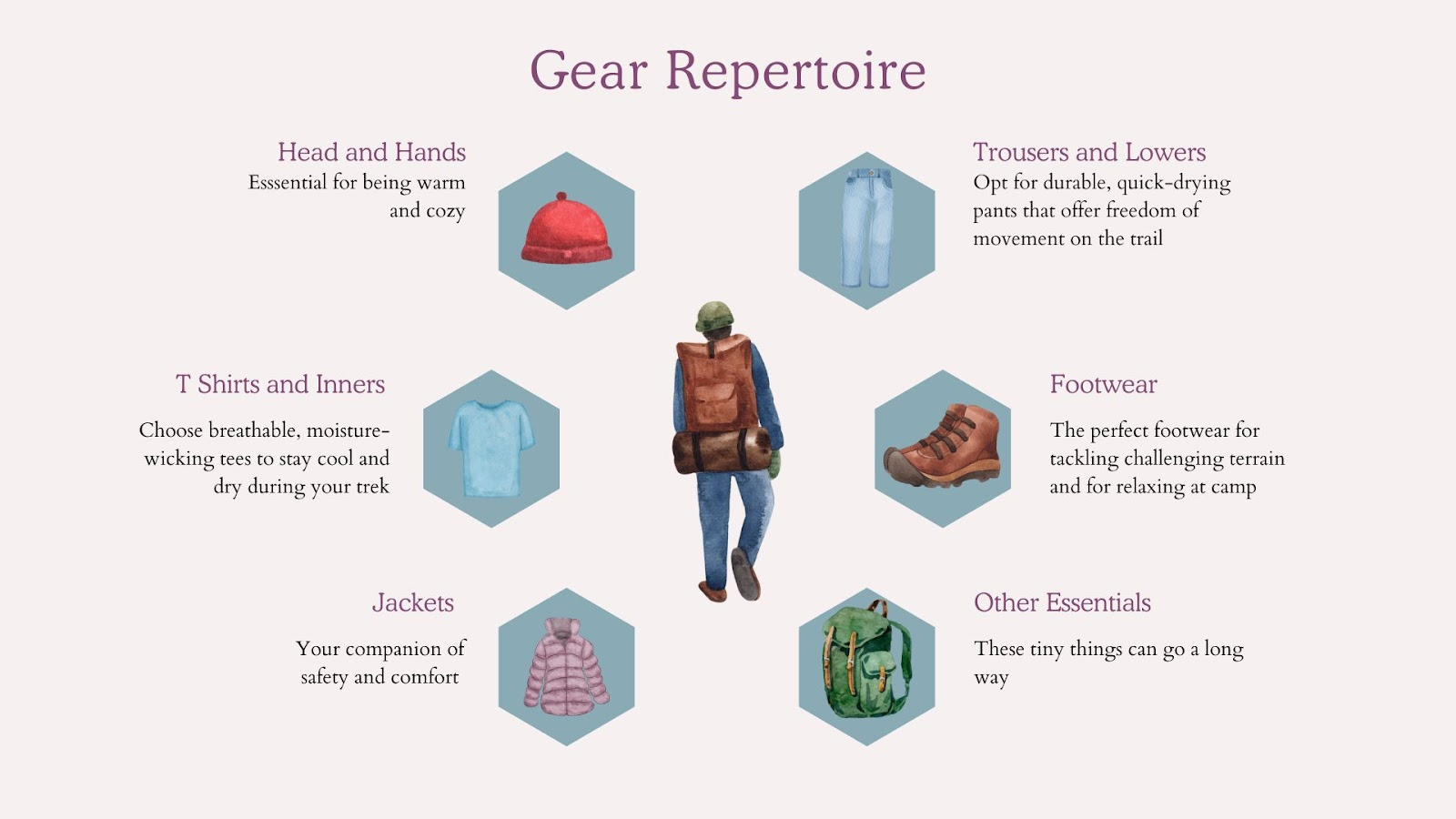
Juniper's experiences throughout the greater Himalayas build upon Annapurna trekking adventures, offering opportunities to explore different mountain regions and cultural perspectives. Many Annapurna veterans continue their Himalayan journey through technically challenging routes or culturally immersive experiences.
Our Nepal extensions include the challenging Everest Base Camp expedition, offering higher altitudes and different cultural encounters. These combinations create comprehensive Nepal mountain experiences through Juniper's multi-region expertise.
We provide skill development opportunities through more technical routes like the Tarsar Lake trek in Kashmir or unique ecosystems like the Namdapha Rainforest trek to expand adventure horizons through our diverse offerings.
Our cultural exploration through our active holiday experiences provides comfortable alternatives while maintaining adventure elements. These options suit families or those seeking less demanding mountain experiences.
Ready to embark on your Annapurna adventure? Connect with our trekking specialists for personalized route recommendations and comprehensive planning support.
The Annapurna Base Camp trek proves more suitable for beginners due to its lower maximum altitude (4,130m vs 5,416m), shorter duration (7-12 days vs 15-20 days), and less technical terrain. The Base Camp route offers excellent mountain views and cultural experiences while remaining physically accessible to moderately fit trekkers with proper preparation.
Since 2023, all Annapurna trek routes require only the Annapurna Conservation Area Permit (ACAP) costing NPR 3,000 for foreign nationals. The previously required TIMS (Trekkers' Information Management System) card was officially discontinued. Additionally, all trekkers must hire licensed local guides as independent trekking was banned in April 2023.
Annapurna Circuit trek cost now ranges from $800-$2,500 per person due to mandatory guide requirements implemented in 2023. Costs include ACAP permit ($22), mandatory guide services ($25-40 daily), accommodation ($5-15 nightly), and meals ($20-35 daily). Group trekking reduces per-person costs significantly.
The Annapurna Circuit Trek reaches a higher altitude (5,416m at Thorong La vs 5,364m at EBC) and covers longer distances (160-210km vs 130km), but offers better accommodation infrastructure and cultural diversity. Both require 8-12 weeks of physical preparation and proper acclimatization. The Circuit's difficulty stems from multiple factors beyond just the 1,286m altitude difference from the Base Camp trek.
No, independent trekking has been banned since April 1, 2023. All Annapurna trek participants must now be accompanied by licensed local guides for safety and regulatory compliance. This requirement applies throughout Nepal's national parks and protected areas, supporting local communities while ensuring proper safety protocols.
The best seasons for the Annapurna trek are spring (March-May) and autumn (September-November). October offers optimal conditions with clear skies, stable weather, and excellent visibility. Spring provides spectacular rhododendron blooms but variable weather. Winter makes high-altitude sections dangerous, while the monsoon creates landslide risks and poor visibility.
The Annapurna Base Camp trek typically requires 7-12 days depending on route selection, acclimatization needs, and fitness levels. Standard itineraries include 8-10 trekking days covering approximately 110 kilometres with daily walking times of 4-7 hours. Extended versions may include additional viewpoints or cultural experiences.
The Annapurna Circuit Trek reaches its highest point at Thorong La Pass (5,416m), while the Annapurna Base Camp trek peaks at the base camp itself (4,130m). While there's a significant altitude difference, overall trek difficulty depends on multiple factors, including duration, technical terrain, weather exposure, and individual fitness levels.